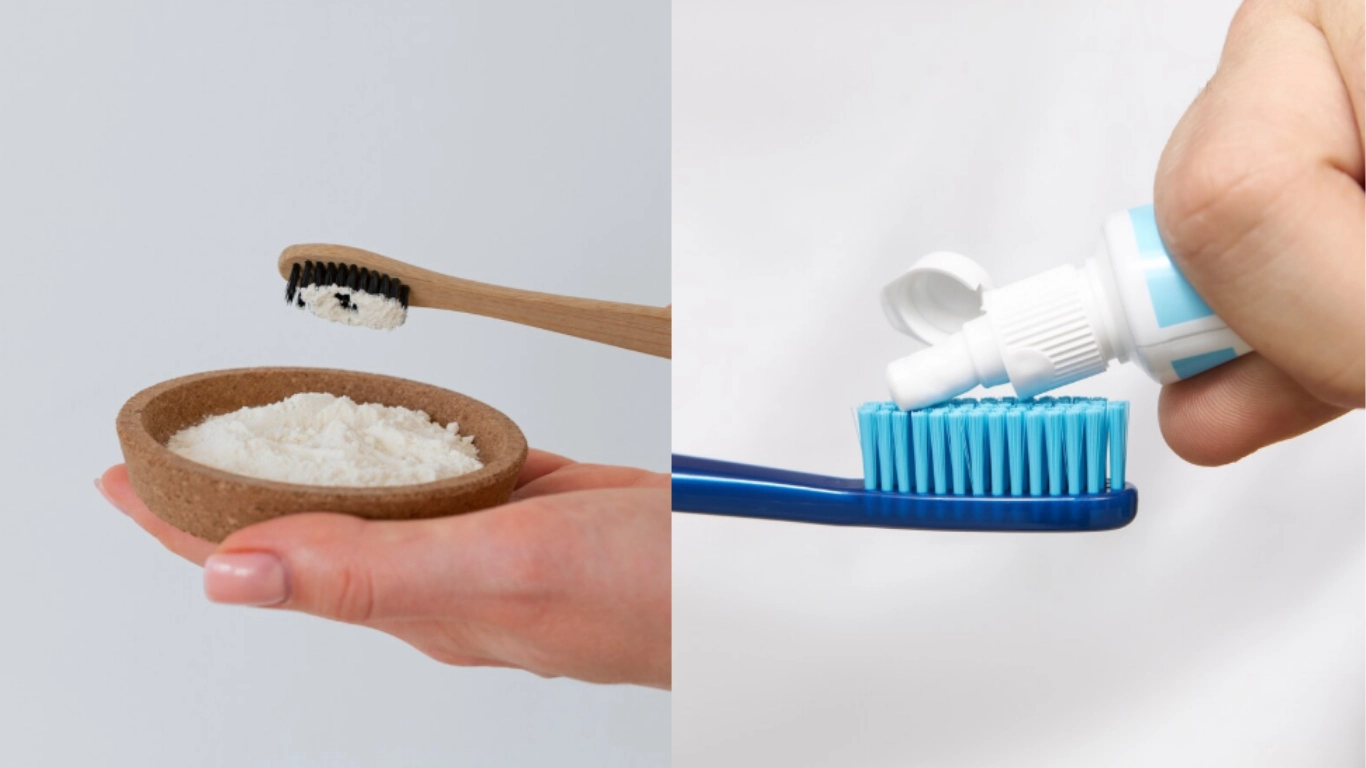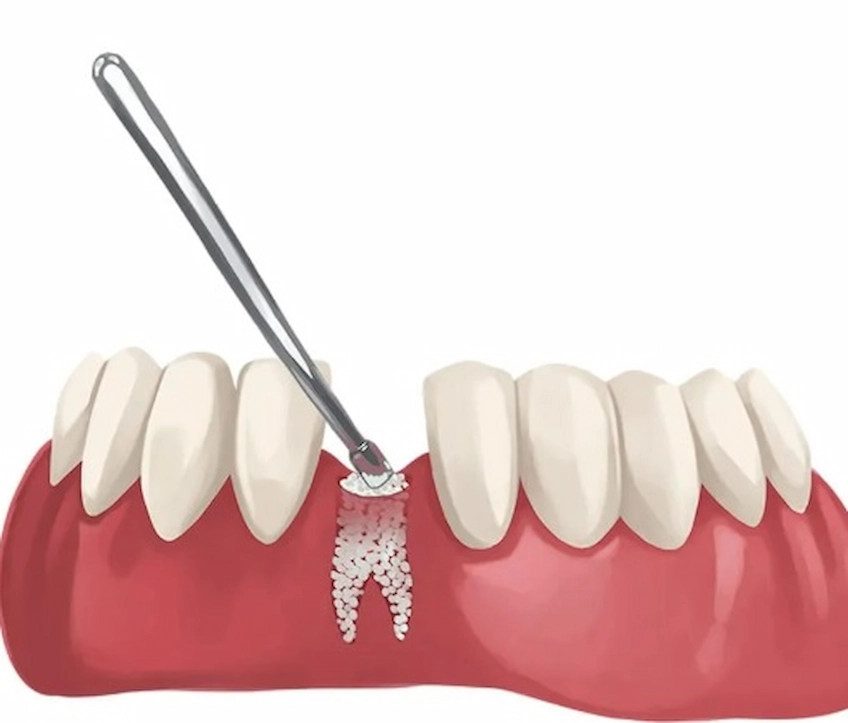5 Signs of Infection After a Tooth Extraction
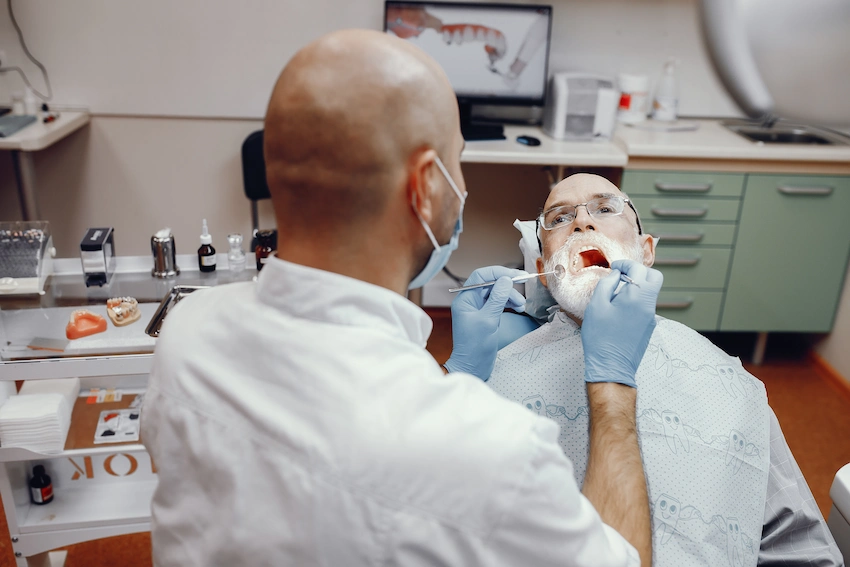
Tooth extractions are typical dental operations, usually undertaken to remove unhealthy, decayed or impacted teeth. However, most of these extractions heal with no complications but infections might still occur during the recovery period – especially if the proper postoperative care is not observed. Thus, it is very important to recognize the first appearance of the infection and call for a doctor’s consultation immediately before it becomes a serious health problem.
In addition to increased recovery time, infections can bring about other possible oral, and even systemic, health issues that could have been avoided by immediate medical attention. Therefore, the initial signs of infection after the extraction are critical to recognize so that the necessary management can be quickly initiated.
This article provides helpful information about the top five signs of infection after the extraction of a tooth, when you need to consult your dentist and how to prevent these from happening altogether so that you enjoy a speedier recovery process.
Why Infections Happen After Tooth Extractions
The mouth is a haven for bacteria –both good and bad. It is expected that after the extraction, blood clots will normally form within the tooth socket to protect this area while also assisting it with its healing process. However, if something goes wrong such as dislodging this clot or harmful bacteria invading then complications arise which may lead to an infection or dry socket. The post-operative period presents unique challenges in being able to manage some risks that could lead to an infection or any other complication. Some of these risks are:
- Failure to observe proper oral hygiene after extraction
- Smoking or the use straws as they may interfere with formation and stability of blood clots. This would not affect healing.
- Possessing weaker immunity due to chronic illnesses (for instance, diabetes) or medications (like chemotherapy drugs)
- Poorly followed post-operative care given by dentists such as rinsing the mouth vigorously or spitting)
- Having existing infections in your teeth or gums may predispose you to develop other kinds of infections later on.
1. Persistent or Worsening Pain
After a tooth extraction, some pain discomfort is common and to be expected. It is expected that this pain will gradually improve over a matter of days given the way it is supposed to heal within less than the first few days after surgery. But if you notice that your discomfort becomes worse instead of getting relieved, particularly, if its intensity changes into throbbing or acute sensations.
Then it may indicate an issue with either infection or dry socket (a condition characterized by loss of normal blood clot). The presence of discomfort, however, is not enough by itself to show that there might be something wrong so you should still pay attention to accompanying- symptoms like swelling, redness, and discharge or fever.
2. Swelling That Doesn’t Go Down
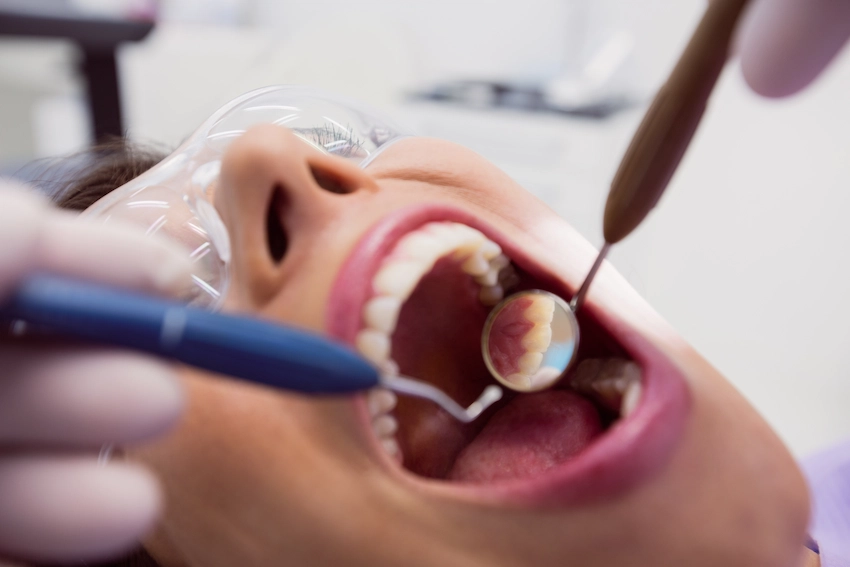
Mild swelling is common and expected within the first 24–48 hours after a tooth extraction, yet if the swelling shows signs of continuing, expanding, or feeling different than normal in terms of pressure or pain, this might indicate a genuine issue in the form of an underlying infection either under the gum or in the area surrounding the socket.
Should you see that one side of your face is not only swollen but is also red or hot, it is a signal of a problem and you must urgently contact your dentist. These signs suggest that you have a kind of an infection, and you are required to eliminate it quickly and in this way it will not progress into a more serious problem.
3. Foul Taste or Bad Breath
Having a constant bad taste in your mouth, halitosis, or the like of pus excretion from the tooth extraction area are typical indications of bacterial infection. This may happen when the socket gets filled with bacteria and starts to decay the tissue or a blister forms. If you have these symptoms, do not rinse them away repeatedly, but rather contact your dentist right away for treatment.
4. Fever or Chills
Fever is the normal reaction of the body to an infection. A temperature over 100.4°F (38°C), especially when accompanied by chills or a feeling of fatigue, may be a signal of infection moving from the tooth extraction site to affect other parts of the body. All-over-the-body symptoms like those mentioned here need very quick dental or medical care so as to avoid the matters that could result in complications.
5. Pus or White/Yellow Discharge
If you find some discharge coming from the extraction site, which is pus, or a white/yellow liquid with an unpleasant smell or taste, you can be sure that it is an infection. Pus means that your body is dealing with bacteria and it has to be removed from the healing socket. In addition to that, you might notice the change in the color of your gums or tissue and the swelling of the soft tissue near the extraction area.
When to Call Your Dentist
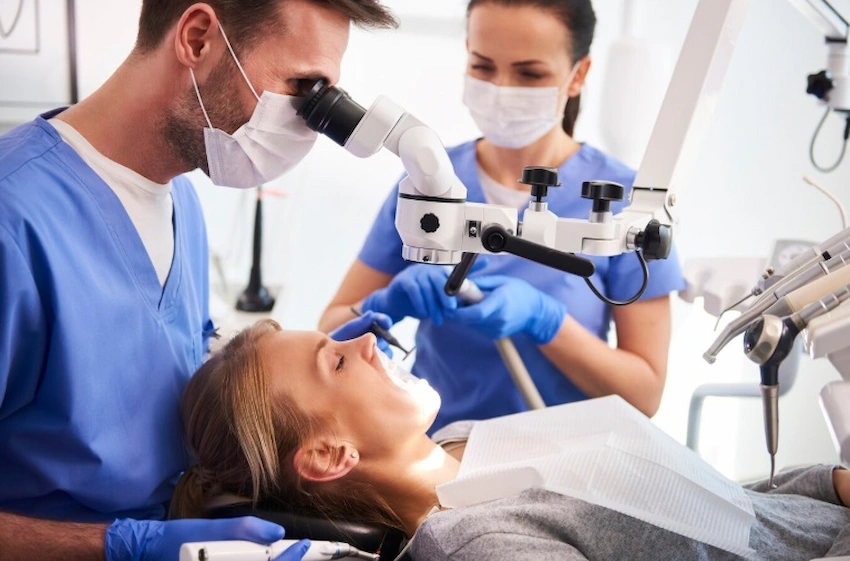
You should contact your dentist or oral surgeon immediately if you notice any of the signs above — especially if symptoms worsen after the third day post-op. Urgent symptoms include:
- Severe or radiating pain
- Fever above 100.4°F
- Pus or discharge
- Uncontrolled bleeding
Difficulty swallowing or breathing thus making the recovery even more difficult. In most instances the preliminary therapy is by taking the antibiotics, drainage of the infection, or cleaning the socket. However, if not treated and no caution is taken, the infection can lead to more severe health problems such as cellulitis or sepsis.
How to Prevent Infection After a Tooth Extraction
Once you have undergone tooth extraction, you should commence a proper aftercare procedure with perfect oral hygiene instructions which will assist in lessening the possibility of an infection. With that in mind, the following are some beneficial ways of taking care of the catered area.
- After a day of doing things to your impacted wisdom teeth damaged areas, you can gently rinse your mouth with saltwater. Ensure you do it softly since you don’t want to irritate the tissues unnecessarily.
- A good way of keeping irritation away from your mouth would be to eat soft non-mechanical food without pepper. Food like pudding, ice cream, or even yogurt, will assist your mouth heal faster since such type of food would not sound bulky or cut your gums.
It is now widely known that we can improve the body’s ability to heal using simple and extremely effective measures such as the implementation of these steps in the delivery of infection prevention treatment and other measures in clinical surgical practice during the treatment time. It is with the inclusion of some of these best practices and following the specified process that we can realize the best possible level of healing.
Frequently Asked Questions About Infection After Tooth Extraction
Signs of infection include severe or increasing pain, swelling, pus, bad breath, or fever. Contact your dentist immediately if symptoms appear.
The socket may look red, swollen, or have white/yellow pus and smell bad. Discoloration of the gums is also common.
A mild fever can happen but a persistent or high fever may signal infection. Don’t ignore it—get checked by your dentist.
Some discomfort is normal for 2–3 days. However, increasing or sharp pain may indicate dry socket or infection.
Follow aftercare instructions carefully: avoid smoking, rinse gently, and keep the area clean. Taking prescribed antibiotics helps too.
